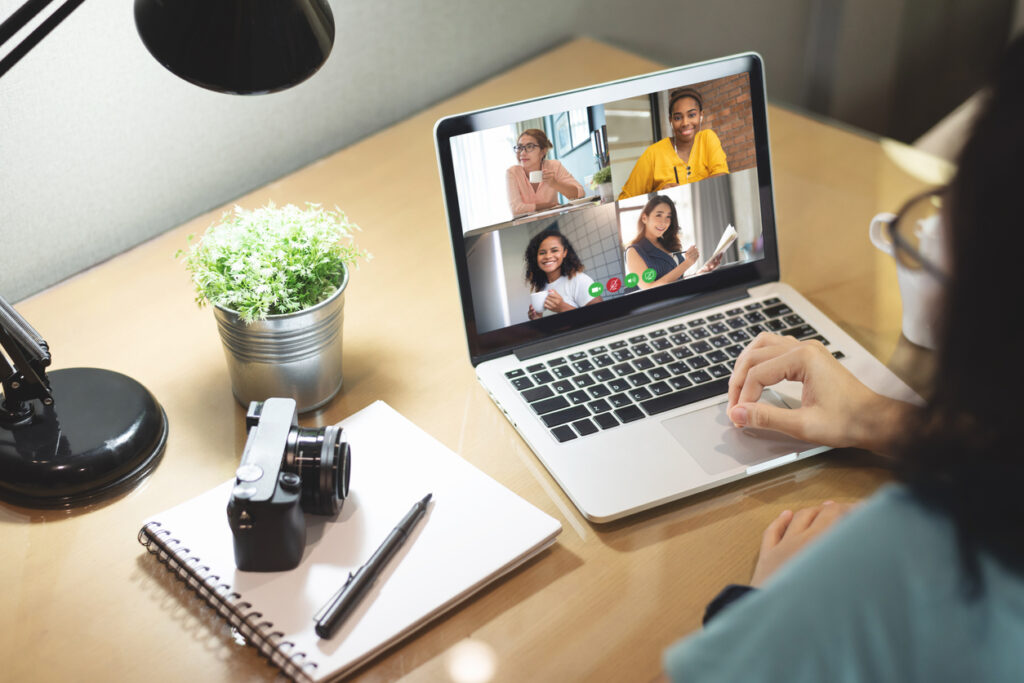What started out as a year of hope, ambition and drive for many, soon became one of uncertainty and angst, with businesses doing quick pivots – not only to survive and scale – but also simply to comply with constantly changing government regulations and guidelines. Inevitably, the uncertainty, social distancing, and loss have created a different kind of pandemic – a mental wellbeing one, which is creating disengagement and conflict. Many employees are now feeling anxious and disconnected.
The Covid-19 pandemic shouldn’t be an excuse to throw people into the deep end and leave them to sink, swim or float.
Wellbeing, happiness and diversity, have all become buzzwords in HR circles in recent years, and some employers have taken a ‘one size fits all’ approach. How much impact do they really have on your work culture, especially in these times of virtual working and social distancing? Do your people feel like part of a community, irrespective of their present work situation? In this article, we’ll explore what you can do to promote greater wellbeing and inclusion among your people during these challenging times.
Setting the foundations for success
For a community to be sustainable, it needs to be built on a foundation of happiness. What does this mean to you? Does your business or organisation feel like a community? Do your colleagues or associates feel the same? For me, community equals happiness. Happiness is the combination of purpose, meaning, pleasure and positivity. Much like when cooking a meal or mixing a cocktail, you need ingredients and utensils. Certain ingredients are compulsory for happiness. These include:
- Basic needs
- Autonomy
- Mastery
- Inclusion
Basic needs
When we talk about ‘basic needs’, this covers the emotional, physical and mental. It is vital to know and understand our teams and ourselves. This builds empathy and improves our emotional intelligence. It helps us create a nurturing and supportive environment where everyone feels able to be at their most authentic and professional selves.
A good way to ensure basic needs are met at work is to know everyone’s personality type and preferred communication style. This knowledge helps us improve our people skills and the effectiveness of our communication, while helping to prevent and resolve conflict in the workplace, whether that’s virtually or face to face.
Autonomy
Nobody likes micromanagement. We all (including even babies as young as six months old) like the feeling of ownership and responsibility. Knowing and understanding yours’ and your team’s personality types through a system like DISC helps you work out how best to relate and provide autonomy to your colleagues or associates without overwhelming them.
Mastery
There’s a certain confidence that comes from learning. Mastery provides us with purpose, because it creates the ‘flow state’ otherwise known as engagement. This happens in the narrow 45-degree band between anxiety and boredom. Learning and development opportunities that provide CPD certifications should be constantly offered to colleagues and associates, giving them opportunities to refresh their knowledge and upskill on soft and hard skills.
Push learning and development as a fun exercise so as not to sabotage your intent, as some people buck at being told what to do or forced to learn. Choose charismatic and engaging L&D professionals for this.
Inclusion
Diversity has been a huge subject this year. From race, gender, disability, education, financial, to personality type, we are all becoming aware of just how deep and vast the term diversity is. It doesn’t stop there, however. We must apply that knowledge to create a truly inclusive environment for everyone. An inclusive environment is one where everyone feels seen, heard, and supported.
Always ensuring that everyone speaks and is acknowledged. You should also have a policy that discourages colleagues from talking over others, shutting others off or trying to own another person’s idea.
Also, what’s your onboarding process? The Covid-19 pandemic shouldn’t be an excuse to throw people into the deep end and leave them to sink, swim or float. Whether remote working or face-to-face, the induction period should be structured in a way, that your new recruit or team member is able to tell who is who, who does what and how they fit in. Again, DISC is a great way to promote onboarding because it arms you and team with knowledge of the communication and behavioural preference of everyone.
There are many ways to create inclusion, even in a virtual space. Consider the dynamics of your team for example, and proactively invite everyone’s input before making decisions or policies. This is essential because more often than not, we approach things from our own unique frame of reference. This creates a blind spot to the challenges others may face.
Another way is to create a virtual office where people can collaborate together, or break out into a separate room for a ‘coffee break’. Zoom’s new feature allows people to choose their breakout rooms, and has some fun filters that are good icebreakers. Remo is another awesome portal via which you can do this that’s not too well known.
[cm_form form_id=’cm_65a14c3f5da64′]
We’ve recently observed a rise in the number of HR business partners being taken on to help with creating and fulfilling wellbeing programmes – this I view as a good thing. Wellbeing and happiness at work are vital, particularly in the current climate. They should be approached holistically and include the whole team. In these uncertain times, we need to embrace the idea of ‘community’. Think about what it means to you. Does your business or organisation feel like a community? If not how will you make your business or organisation feel more like a community? It is only by coming together that we will be able to overcome the obstacles this year has to throw at us.
Interested in this topic? Read HR in a recession: how to improve staff morale during difficult times.






